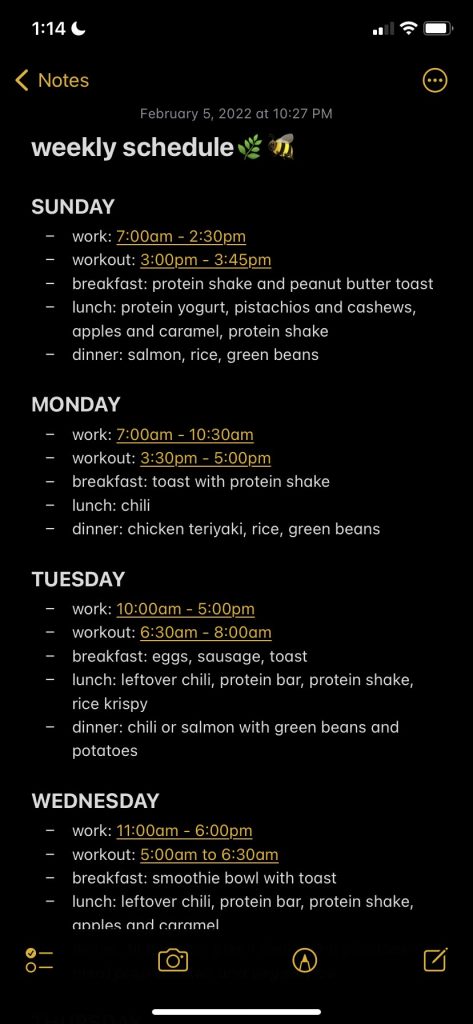
Top Artifact #3
The artifact that tended to intrigue me the most concerned the relation between and individual’s perceived level of personal happiness and their tendency to be selfish or unselfish. As someone who has witnessed a lot of unfortunate life events, I’ve seen people who are the kindest, most selfless, and giving individuals be the ones who are struggling the most. One of my dearest friends, their parent committed suicide, and the news of that was outside my realm of thought. I really did think it was an extremely sick that they were playing on me, but they were just as shocked and heartbroken as I was. Someone who made sure that others were taken care of, had food on their plate, warm beds to sleep in, and a shoulder to lay on was the person who was not providing themselves with those same things. This artifact hit home because of situations I have been in but also from personal experience. I tend to be very positive and optimistic towards other people and their situations, but I am too hard on myself. The rules I believe everyone should live by do not apply to me; I am exception.
Overall, this artifact exemplified that people who are perceived as happy are also more likely to be selfless. They are people who thrive on helping other people and it is almost as if their ability and tendency to help others is what contributes to that perceived happiness. It contributes to that empathic joy hypothesis! Empathic joy hypothesis states that people are happier when they contribute to the help of another, and that further pushes them to be less selfish.
This image is the result of my artifact! As you can see, most individuals were happy and selfless.

Top Artifact #2: Behaviors!
I’ve always enjoyed the act of looking within, or analyzing myself. I believe that introspection is extremely necessary to everyone’s mental health as well as their development. Ever since COVID-19 began, I always feel like I lost a sense of who I was, what I stood for, what I want out of my life, and who I want to be. I am a person of strong integrity, but I have always struggled with the execution of it. Throughout 2021, I began looking within and figuring out who I want to be, where I want to stand, and what I want to do for myself. I began my fitness and self-love journey, I became proactive towards things I believed in, and so forth. Because of these strides, I admired Module 7’s Item to Archive, where I analyzed my attitudes and behaviors, and whether they were matched.
This assignment made me feel as if it was okay to experience cognitive dissonance. Whether I believe that recycling is a good thing for the environment but do not habitually partake in it myself, or if it is intense belief that homelessness is a solvable issue but I lack directly advocating or participating in ending homelessness. I am young, I cannot have everything figured out at the age of 21, and that is okay! I always felt bad for having inconsistent thoughts and behaviors, but I dealt with them by looking within and figuring out how I can make strides towards balance. I have begun buying grocery and hygiene items for goody bags that I can hand to the homeless. I have googled more about what is recyclable and engaging in that activity. Overall, this artifact has helped me feel okay with not having everything figured out, and has also led to some balance in my life with regards to those things.
This image is an example of how habitual I am about my behaviors and attitudes concerning physical and mental health. I schedule my meals and workouts every week because I believe that nourishment of the mind and the body is one of the key components to life. Therefore, my attitudes and behaviors match!

Top Artifact #1
The artifact that most engaged me was the Item to Archive from Module #5. While the assignment was simple and easy to answer, I believe that is what intrigued me the most about it. On a day-to-day basis, we all tend to engage in activities and phenomenons without having to think about it. We’ve been taught since such a young age that we must dress nice for church, for family gatherings, or for our jobs, and we’ve been taught that we must act a certain way around teachers, parents, and other authority figures. Enhancing oneself as well as other-enhancement is extremely common and natural to us, especially when we already have the selfish urge to prove ourselves to one another.
This assignment has taught me how naturally I enhance myself and enhance others in professional situations. I remember getting my on-campus job at ODU and knowing that the Housing and Residence Life was operated by mostly women, I wore a nice blazer and a shirt that read “The Future is Female.” I wanted to enhance myself in the fact that I am a feminist and believe that the women empowerment is necessary to self-efficacy and esteem. When I met my boyfriend’s parents, I wore a dress. I do not wear dress, I live in sweatshirts and sweatpants. I presented myself in a clean, respectful manner, arrived on time, and complimented them on aspects of their lives. This assignment has expanded my knowledge on how much self-enhancement and other-enhancement contribute to first impressions on individuals, especially because that has been instilled in us since we were young children. While I knew I was doing and saying certain things in order to get a good reaction, I wasn’t actively aware; it was out of habit!
This photo shows how I dressed the night that I first met my boyfriend’s parents. I dressed nicely, did my hair and makeup, arrived on time, and tried my best to ensure that they trusted me as a person and as their son’s girlfriend. 2 years later, I am extremely close with my boyfriend’s parents. Something had to work on my end!